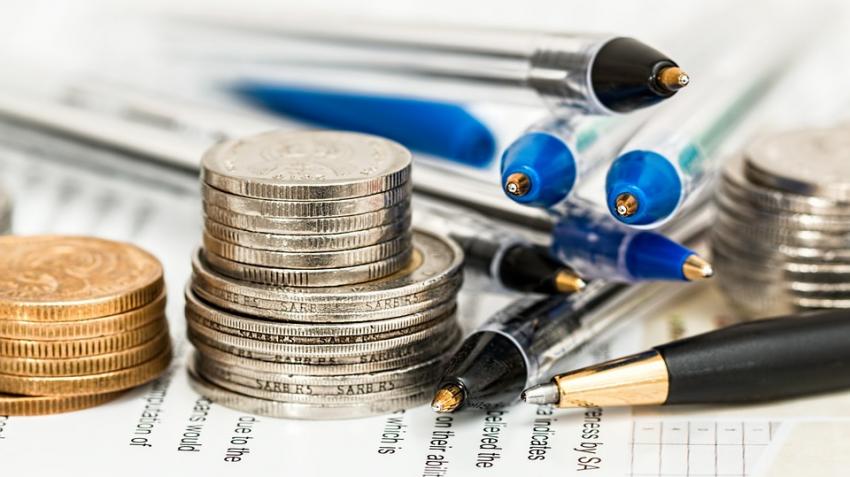Many small business owners have assumed that a GST Tax reduces their margin of profits. What they fail to understand is the need to invoice their customers correctly. Complying with GST Tax invoices ensures the safety of customers’ goods in case of a return or compensation. It is also essential to make your business legal by payment of taxes.
A GST tax invoice should contain the complete information of the seller and the buyer. It can be manually created or with software. The advantage of using software is that you’ll get to have a wide range of templates of your choice and other automated tools for easy registration, tax filing, and real-time data sharing, which would’ve otherwise been hectic if manually done.
Besides GST being used to eradicate tax barriers, it has also promoted healthy competition in the market. It has also reduced the number of business owners who evade taxes, thus, increasing GDP. If you’re a business owner, you need to get a GST number for your tax invoice.
Here are ways how to prepare a GST tax invoice for your business.
1. Input Name And Address Of Your Business
Keep in mind that your business has a name and address, so should your GST tax invoice. Make sure your name and address match the one you used to register to get a GST number. The address on the invoice should be a place where you can be easily accessed.
2. Mention Invoice Number
A GST tax invoice number should be sequential. The need to be sequential is to quickly track the code when retrieving the tax invoice. It’s the code that makes the invoice unique.

3. Highlight Date Of Invoice
As much as you’ll have the invoice number as a unique identifier, the date of the GST tax invoice is essential. Make sure to set the date of payment or supply correctly. Through this, you’ll know when the supply was made and when the payment was made.
4. Input Customer Details
Customer name, address, contacts, email, etc., should be included in the invoice. Some countries, like India, have extra information about the customers’ locations (states) and codes. Sometimes, you may find it’s an old client, and you may access the client’s information through a drop-down list. For the case of new buyers, you’ll have to add their information into the system for future reference.
5. Capture Seller’s Information
The seller’s information should be made default to appear in every GST tax invoice on many occasions. Make sure to capture the business’s name, logo, contact, local address, and other vital details.
6. Incorporate Supplier Address
Are you wondering why you need to input the supplier address in your GST tax invoice? The address is to help while taxing goods. While using the software, the primary address will be picked automatically and ensure the right GST tax has been charged on the product.
7. Show Product Or Service Information
A good GST tax invoice should have all the details of the goods sold or services provided. Carefully input product information sold by quantity. Through the software, it’ll get the supplier’s address and know the correct tax to impose on the product. If you’re manually inputting, confirm with your records to see the tax charged.
8. Rate Of GST Tax On Goods
The rate of GST depends on the kind of product or service you’re selling. For instance, basic commodities, like foodstuff, aren’t taxed in some countries, while other items, like electrical appliances, will be taxed. So, it’s good to highlight the tax imposed on the commodity.
9. Show Tax On Total Sales
Highlighting the total sales value with the deducted tax imposed on the total sales is essential in a GST tax invoice. It’s also crucial to show if there’s a discount on a product.
10. Indicate Mode Of Payment
A GST tax invoice would be incomplete without any information about how a customer can pay for a product or service offered.
11. Input Signature
Like an agreement that must be sealed, a signature works to affirm that the supplier received the payment.
Final Takeaway
As a small business owner, you’d want to realize higher profit margins in your business. You may feel the taxes imposed on goods might be higher, and you’d like to evade the taxes. It’s risky. Registering for the GST tax invoice makes it easy and saves you the trouble of being caught. It also proves that you’re transparent, thus, breeding trust in your business. Small business owners should also adopt the use of billing software to minimize GST errors.
Thanks for reading this article. If you're new here, why don't you subscribe for regular updates via RSS feed or via email. You can also subscribe by following @techsling on Twitter or becoming our fan on Facebook. Thanks for visiting!




















































































































































































